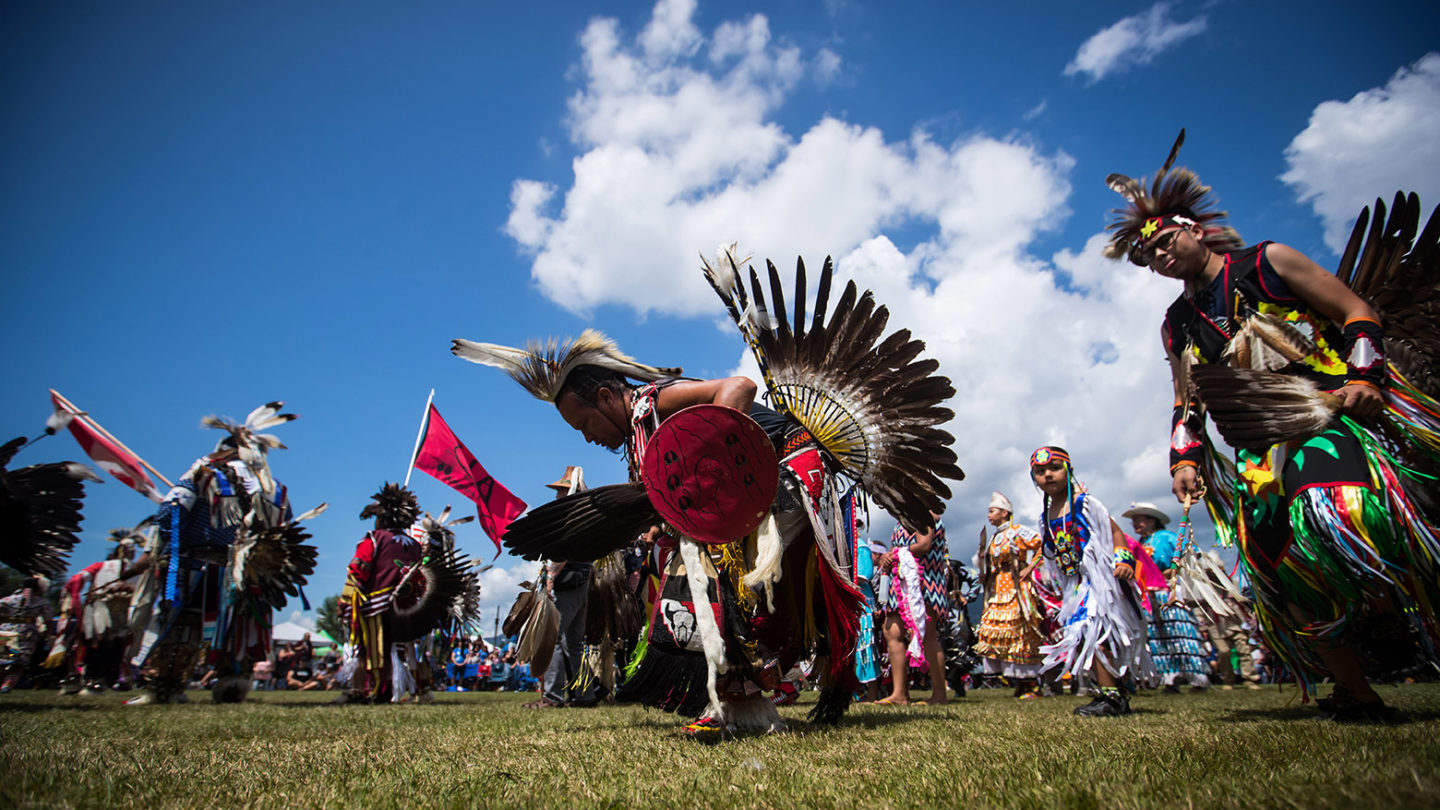Many people would have us believe Indigenous North Americans are unanimous in their opposition to oil and gas development. Thus Canada has seen protesters from the United States who cite “helping protect Indigenous lands” as their motivation for interfering with oil and gas development projects in this country. Yet Indigenous people in Canada are far from homogeneous. In Canada there fully 633 First Nations, plus the Métis people and the Inuit. In the U.S., there are another 574 Native American groups. Nowhere else on the planet would such a diverse group of peoples be expected to be unanimous on anything.
The anti-resource development stereotype is false. Among Indigenous groups there is clearly some opposition to some development in specific cases. But in recent research, a colleague and I found that an overwhelming majority of the British Columbia and Alberta First Nations that have taken public positions on oil and gas projects are in support of responsible, sustainable development on their lands. Opposition to such development is—by far—a minority view among Indigenous people and communities in Canada.
In arriving at these results, we examined such evidence as: public information filed with regulatory bodies; consultation reports; membership in Indigenous pro-energy organizations such as the Indian Resource Council; whether Nations produce oil and gas on reserve land; and whether they had signed “impact benefit agreements” with any resource projects. Using this information, we categorized individual Nations as clearly “for” or “against” oil and gas development or as “non-objecting/unclear.” (In cases where no evidence of support or opposition was available, we put them in a “not available” file.)
In British Columbia, on oil, we found positions in the above sources from almost half of B.C.’s 202 First Nations. Of 96 publicly-expressed positions, a minimum of 29 favoured oil development, with just three opposed. Another 64 were found to “non-object” (in language used in the industry) or be unclear. We excluded 106 First Nations as not being relevant to the research, given that they were not impacted by proposed projects and pipelines. (If we measured support or opposition to a proposed sawmill on the shore of the Fraser River in Delta, B.C., we would not count the support or opposition of a town council on the Prairies, given the lack of any impact of such a mill on the Prairies.)
B.C. First Nations’ positions on natural gas development are even more clear: 40 First Nations in favour with none publicly opposed and only one whose position is unclear. (In this case, 161 First Nations either had no public position or were not affected by natural gas projects.)
In Alberta’s long history of active oil and gas operations, several First Nations have built their local economies supporting, supplying and in other ways participating in resource development. We reviewed all of the province’s 48 First Nations and found that 46 supported oil and gas development, while only two were unclear in their public positions.
Why is there such a disconnect between the supposedly unanimous Indigenous opposition to resource development so often portrayed in the media and claimed by anti-oil and gas activists and the significant support for oil and gas among Indigenous communities that is revealed in our research? The answer is not complicated: despite what protesters argue, these projects bring environmental oversight and economic opportunity to First Nations, who therefore welcome development, regarding it as win-win.
It’s time to stop considering Indigenous people a monolith when it comes to energy development. It may also be time to ask who these anti-oil and gas protests really benefit. ‘Not us,’ many Indigenous people would suggest.
The economic benefits for Indigenous people from energy and energy infrastructure development are significant. To cite but one example, Coastal GasLink’s new pipeline project to transport natural gas from the interior of British Columbia to the LNG Canada facility on the coast involves $1 billion of local and Indigenous contracts to support construction.
Coastal GasLink is also an example of how media portrayals of widespread Indigenous opposition are false: All 20 First Nations whose land the Coastal GasLink pipeline crosses have agreements to allow it onto their territory and are thus guaranteed a share of the resulting economic opportunities. Whether it be in right-of-way clearing, camps and camp services, or medical and security services, to name a few, these remote First Nations, many of whom have never participated in such a large project, have welcomed the new economic opportunities the project offers.
Protesters have a long history of coming in at the eleventh hour and contesting the decisions of Indigenous communities and the Government of Canada to move forward on projects, completely ignoring the lengthy and detailed processes that have led to these decisions. For each major project, five to ten years’ worth of intensive study and consultation examines everything from environmental to socioeconomic, geological, and archaeological impacts. And they proceed in partnership with those who know the land the best—Indigenous people.
It’s time to stop considering Indigenous people a monolith when it comes to energy development. It may also be time to ask who these anti-oil and gas protests really benefit. “Not us,” many Indigenous people would suggest.
Gregory John is Indigenous content producer at the Canadian Energy Centre, an Alberta government corporation funded in part by taxes industry pays on carbon emissions.
